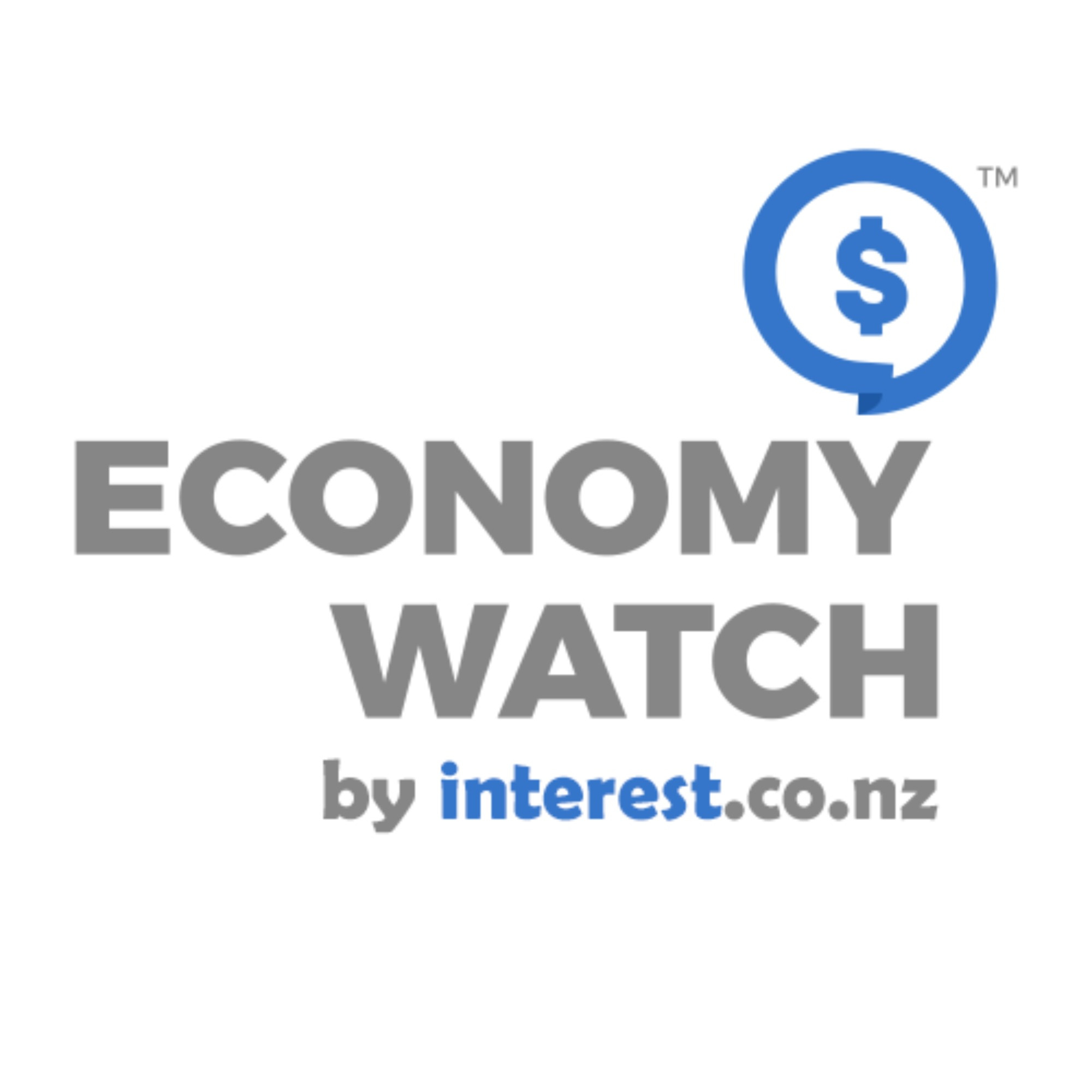Fed sets up 2024 for rates holding high
Kia ora,Welcome to Thursday’s Economy Watch where we follow the economic events and trends that affect Aotearoa/New Zealand.I'm David Chaston and this is the international edition from Interest.co.nz.And today we lead with news all eyes have been on Washington DC and the US Fed.As expected, the American central bank's September policy review was a "hawkish hold". It kept its policy rate at 5.25% following a +25 bps hike in July but signaled there could be one more hike this year. They pointed out that their labour market strength isn't wavering and inflation risks remain high. Tighter credit conditions haven't dampened activity to the extent they need and the remain "highly attentive to inflation risks".In the economic projections they released with today's decision, the 'dot-plot' shows most voting members see a higher rate by the end of the year (12 of 19 whose projections were plotted). Essentially they are signaling that rates will stay elevated well into 2024 with fewer projected cuts.Market reactions included the USD rising +20 bps vs the NZD, the UST 10yr benchmark was little-changed having fully priced in the outcome, it seems. Equities (the S&P500) fell -0.3%. So overall, markets have taken this review in its stride.Somewhat surprisingly, American mortgage applications jumped +5.4% last week, the first rise in three weeks, and the biggest since mid-June. And this was despite benchmark mortgage interest rates rising again, to 7.31% plus points.In Japan, household assets are growing, and in a different way to the usual cash-priority they have had traditionally. Total financial assets rose +4.6% in the year to June and to US$14.3 tln (NZ$195,000 per capita). But the cash portion only rose +1.4% (or 53% of them), while equity holding jumped +26% (to 13% of those overall holdings) and funds in investment trusts rose +16%. The re-emergence of inflation is changing Japanese household investment motivations.After a good surge in 2021 and 2022, Japanese exports slipped -0.8% in August from a year ago, a second month of no expansion. Their exports to China dropped -11%. But at least overall they are holding on to their earlier gains. And the August slip was less than feared. Imports however fell more than expected, the most in three years. But most of this can be attributed to big falls in oil products (-33%), and it is encouraging that Japan is learning how to do with significantly less oil.Taiwanese export orders fell -15.7% in August from year-ago levels, although they held at the value levels we have seen every month this year. Still the year-on-year fall was more than expected and extends the retreat to 12 straight months.China held its Loan Prime rates in its monthly review yesterday. This is what analysts expected. The one-year loan prime rate (LPR), which is the medium-term lending facility used for corporate and household loans was kept unchanged at a record low of 3.45%;

